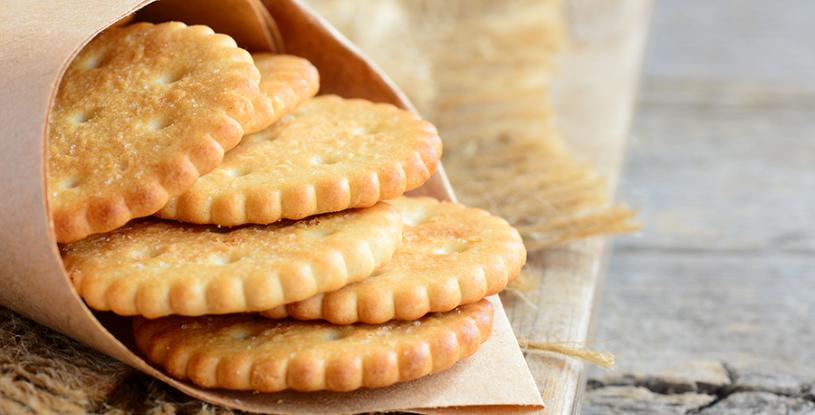The pandemic found many Americans working from home, with easy access to the kitchen and baked goods and snacks. Snack sales increased by double-digits in some categories during 2020 as people treated themselves and ate to relieve stress. While sales since have slowed, food companies predict ample opportunity for snacks in the ‘better-for-you’ category.
According to Mintel, brands can enhance the consumption experience for consumers with “multi-sensory” snack features and added health benefits to reduce any feelings of guilt. This trend is ‘permissible indulgence.’
Multinational food company Mondelez, maker of brands ranging from Oreo to Toblerone and BelVita, finds that ingredients tied to health and wellness already are being integrated into snack offerings.
“You are starting to see ingredients that were maybe more common in the functional space, moving into snacks and into food,” said Gil Horsky, senior director of ventures for Snack Futures, the innovation and venture hub for Mondelez, during the Fi Europe trade show in November 2021.
Horsky cited functional mushrooms, adaptogens and nootropics, which some claim help boost brain performance. These join other snack ingredients with perceived or proven health benefits such as probiotics, prebiotics, seeds (including pumpkin and chia seeds) and turmeric.
In pursuit of better nutrition, consumers also say they want less sugar, fewer preservatives and more whole grains, fiber and plant proteins. Losing or maintaining weight and supporting gut health are top goals.
Keto-friendly
Wheat protein ingredients are versatile and integral in many high-protein salty snacks and bars. They provide viscoelastic properties and protein enhancement in keto-friendly salty snacks such as pretzels, chips, and crackers. In high protein bars, wheat protein isolates are used as binders, and texturized wheat proteins are added for texture.
Foods high in protein and fiber are central to the popular keto-friendly diet. Food formulators interested in this segment may encounter challenges incorporating large amounts of protein. High concentrations of protein can cause tough texture in keto-friendly pretzels and crackers. This issue can be addressed with the use of wheat protein isolates, which form film and entrap air to make light and airy keto-friendly snacks.
Low net-carb, high fiber, and plant-based are the most popular claims in consumer products. MGP’s Arise® wheat protein isolate, together with Fibersym® RS4 resistant wheat starch, a source of dietary fiber, can be used in applications that achieve these claims.
Low net-carb counts are important when formulating keto-friendly products. Formulators are recommended to use protein isolates rather than wheat protein concentrates to ensure the highest protein and lowest available carbohydrate content, and to eliminate sugar and starch and replace them with dietary fibers. The protein isolate source must also be functional (viscoelastic) especially in keto-friendly bakery products such as crackers and pretzels, which is easily accomplished by choosing wheat protein isolates over those derived from soy, pulses and other plant-based proteins.
Learn more here about the Arise family of wheat protein isolates and Fibersym dietary fiber. Both are low FODMAP™ certified by Monash University.

